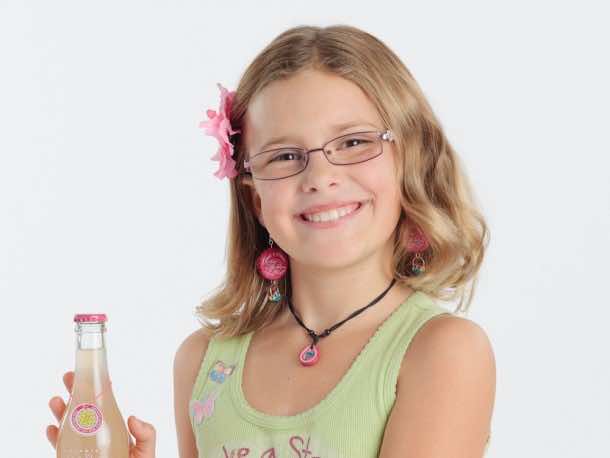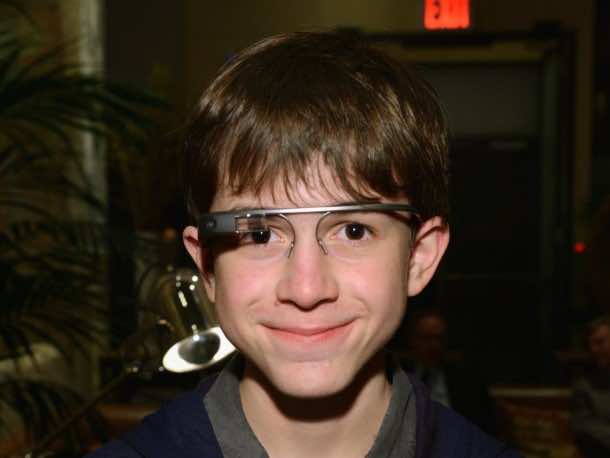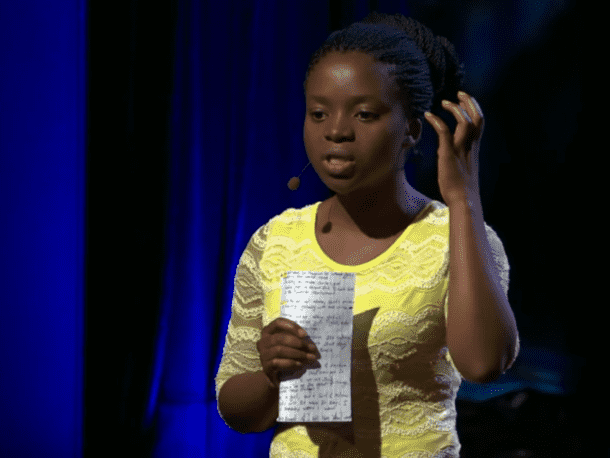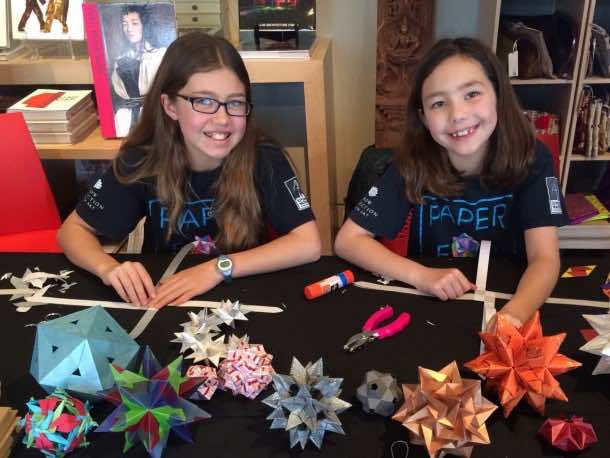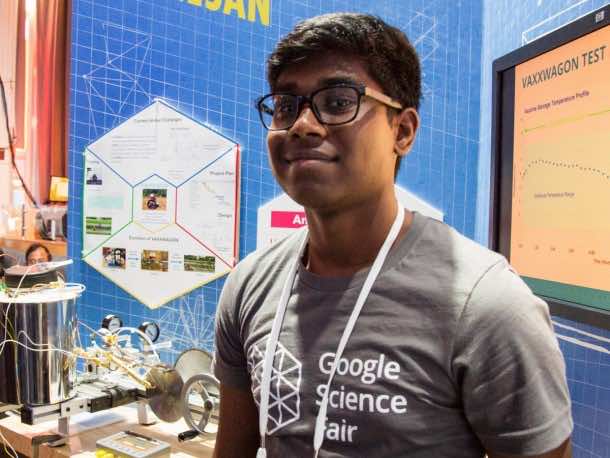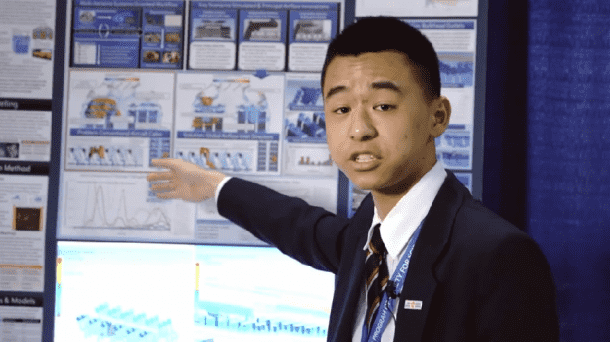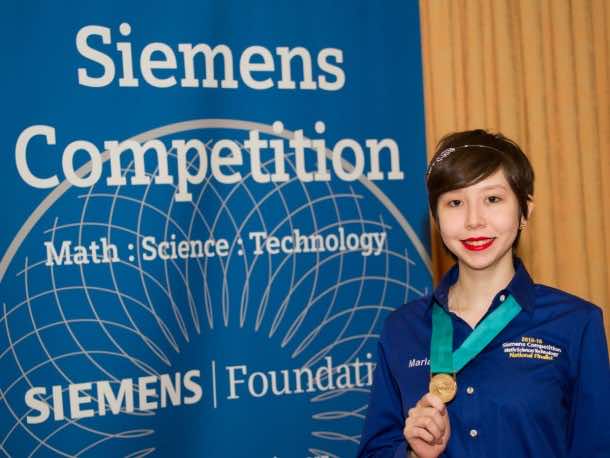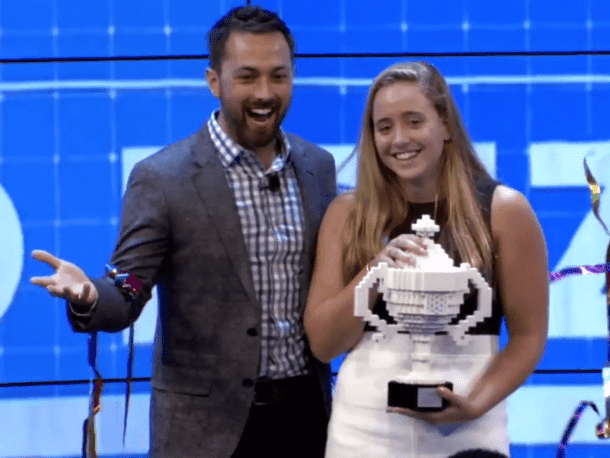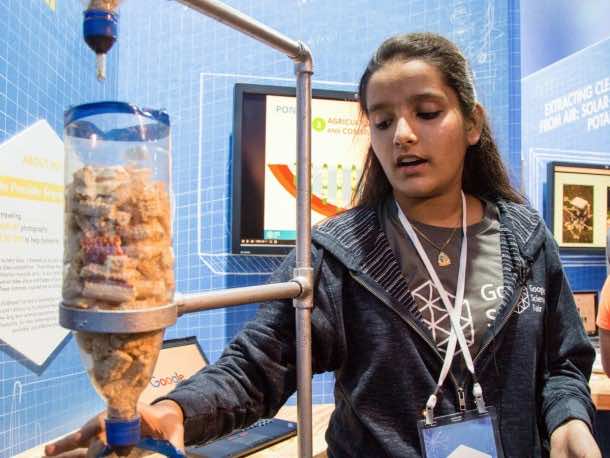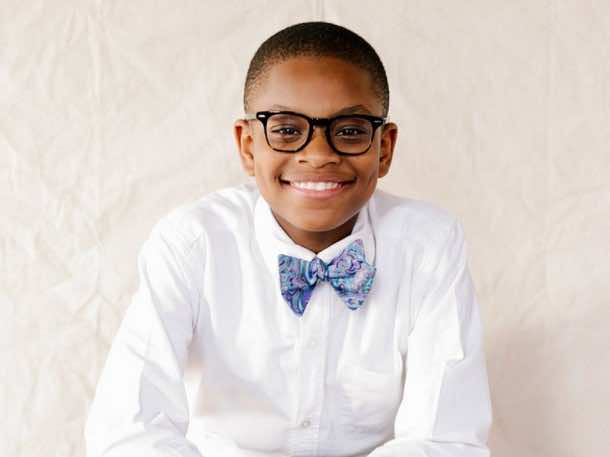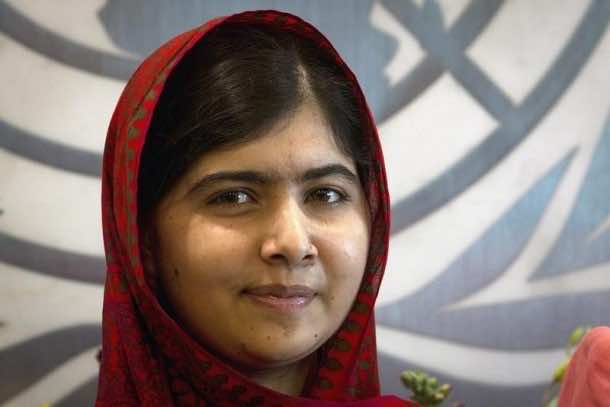Do you need to be a billionaire to bring changes to this world? Or just being a teenager with the grit and ingenuity would do? Meet these 12 kids who have achieved some amazing feats in 2015 and given up hope for the future.
11. Vivienne Harr — Founder of the charitable lemonade company Make A Stand, which donates 5% of sales to end child slavery around the world.
The idea grew after she saw an image of two child slaves from Nepal with stones on their backs back in 2012 when she was only eight years old. It was then that she understood her mission; ending child slavery. The Make A Stand Foundation has raised over $25,000 selling four kinds of ‘lemon-aid’ and donating a portion of the sales to charities such as Free The Slaves and UNICEF.
10. Thomas Suarez — Founded CarrotCorp, a company that develops apps and designs 3D printers.
He gave a TED talk back in 2011 when he was only 12 years old and showed off his games that he had been developing. The famous on ‘Bustin Jieber’ where the player was supposed to catch Justin Bieber while he scurried around the screen. He started an app club where the kids could learn about app developing and as of now, is running his own company where he is trying to improve the 3D printing industry by using a printer that he created, ORB. It makes use of a spinning disc and according to Suarez works ten times faster than any other printer out there.
9. Memory Banda — Escaped child marriage and helped put an end to the practice in Malawi.
When she became 13 years old, her community was preparing her for marriage, a local custom by the name of kusasafumbi. However, as she recalls in her TED talk earlier in 2015, “I said no, because I knew where I was going. I knew what I wanted in life. I had a lot of dreams as a young girl.” She has been urging the community to pass a law to forbid child marriages and eventually made her way to the Malawi’s parliament after which the legal age of marriage has been changed to 18 instead of 15.
8. Katherine and Isabelle Adams — Founders and co-presidents of Paper for Water, a non-profit selling paper ornaments that fund the drilling of wells in water-scarce regions.
The two sisters began the nonprofit from a small table that was set up in a local Starbucks in Texas. The response was amazing as they raised more than $10,000 during the first two months and overfunded the first well in Ethiopia and have grown ever since. The girls visit areas with poor conditions to help locals drill wells. They said, “Our biggest successes have come because of doing a little bit of work each day,” they told Tech Insider back in August. “Start small if you need to, but stick to it and it’s amazing what you can accomplish.” The girls and family have sold more than $650,000 worth of handmade paper ornaments that have allowed them to fund the drilling of 70 wells in Africa, Peru, India, Mexico and even the US.
7. Anurudh Ganesan — Devised a way for doctors to refrigerate and transport vaccines without the use of ice or electricity.
The vaccines have the risk of losing their effectiveness when transported between cities and rural towns owing to the warm temperatures that they get subjected to. In developing countries, this is a problem. Ganesan won the LEGO Education Builder Award for VAXXWAGON. It is a device that he invented by rigging together a plastic cooler and a bicycle so that the person delivering the vaccine powers the thermos while riding.
6. Raymond Wang — Invented a cheap way to stop airborne pathogens from spreading on airplanes.
As per the Centers for Disease Control and Prevention, a single person who is infected with the flu virus can spread the disease to another 17 folks on an airplane via coughing and sneezing. Raymond Wang, high school junior, learned this fact last year and has went on to work on a device that can help in minimizing the spread. He is the inventor of a $10 gadget that is named Global Inlet Director. It is a curved piece of plastic that can be installed onto an existing airplane cabin and helps redirect the flow of air inside. This invention helped Wang earn the top prize at this year’s Intel Science and Engineering Fair, the Gordon E. Moore Award.
5. Maria Elena Grimmett — Used recyclable plastic beads to purify water laced with a potentially harmful antibiotic.
When she noticed that the family’s water had a slight brown color, the 16-year old Grimmet came up with a method for purifying water that won her the 2015 Siemens Competition in Math, Science and Technology. She made use of tiny pieces of resin (Plastic beads) and as per her, they pull out an antibiotic known as sulfamethazine that is used on pigs and cows and is found in water supplies in rural areas. Her work was published in the Journal of Environmental Quality in 2014 when was just 14 years old – the youngest one to publish in that journal.
4. Olivia Hallisey — Discovered a cheap and effective way to screen for Ebola.
The 16-year old Hallisey won the 2015 Google Science Fair for her technique of detecting Ebola. The method takes less than 30 minutes while other models can take up to half a day. She mixes specific chemicals with the blood of sample of a person and it changes color if the chemicals react with a key protein in the Ebola virus. The test requires no refrigeration to preserve the Ebola if it is found.
3. Lalita Prasida Sripada Srisai — Created a water filtration system using ordinary corn cobs.
Her device makes use of corn cobs to purify the unclean drinking water that is found in many parts of the world. The idea came to her when she saw a lot of dried corn cobs in her home country, India. She began testing in 2011, when was only 11 years old. The device removes about 80% of contaminants including oils, detergents and other particulates. She won the Scientific American’s Community Impact Award this year at the Google Science Fair.
2. Moziah Bridges — Founder and CEO of the start-up bow tie retailer Mo’s Bows.
He started this company when he was only 9 years old and it was his way of brightening up the world. He secured a mentorship with entrepreneur Daymond John after appearing on Shark Tank and his company took off after this with a reported worth upward of $200,000.
1. Malala Yousafzai — Women’s rights activist and the youngest-ever Nobel Prize laureate.
When she was 11 years old, she began to detail her experiences of living under the rule of Taliban in Pakistan. This was in 2009; she wrote for the BBC using a pseudonym to protect her identity. After years of struggling to bring the Taliban’s injustices into the light and having a near-death experience, she won the Nobel Peace Prize at the age of 17.


